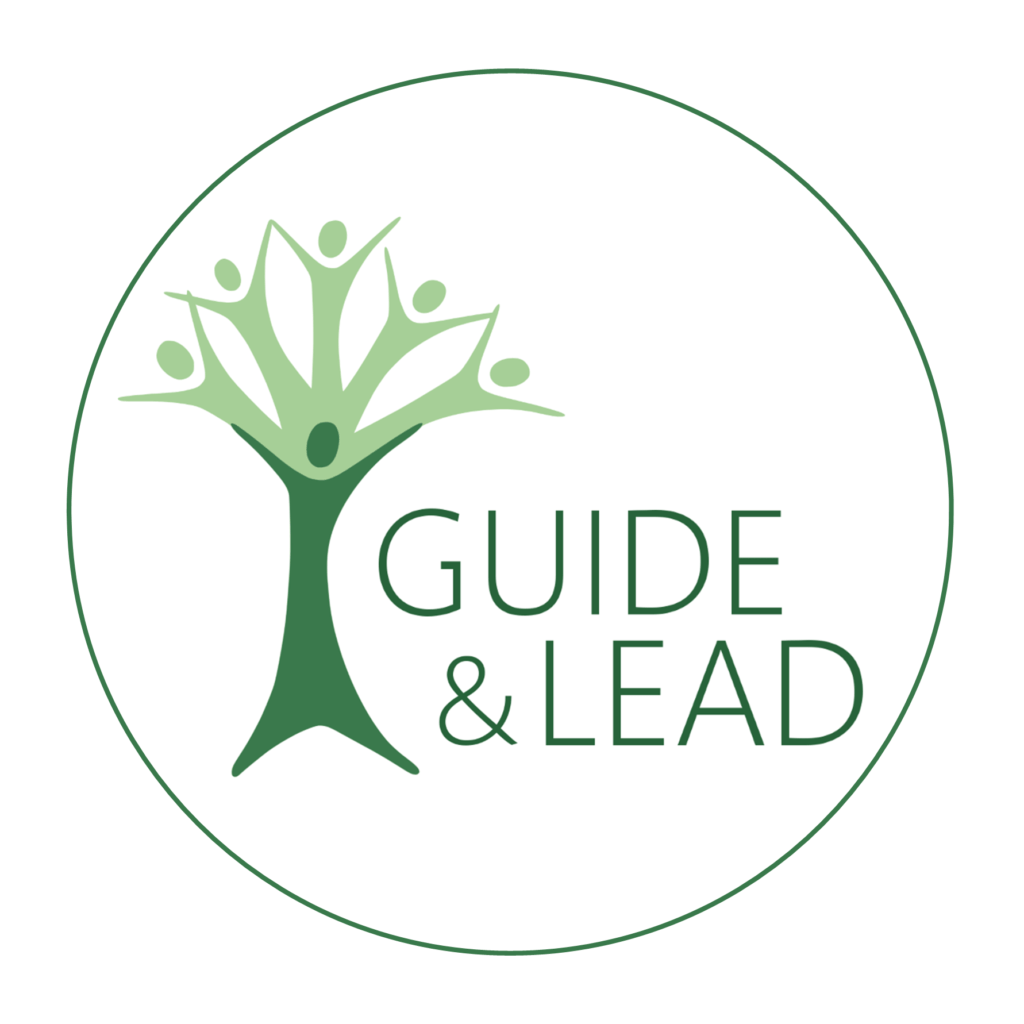Trust and Courage
Trust in the organization and the accompanying structures and work processes is the basic prerequisite for creativity, innovation and genuine courage in the sense of an entrepreneurial mindset. The same applies to learning processes of all kinds, whether in a professional, educational or private environment.
It is particularly the ambiguity of the current period of extreme changes that seems to stand in the way of this, even though the power of innovation for sustainable solutions is just as much in demand now as the ability to adapt, let go and start anew.
Two movements that are obviously running against each other and making it (unnecessarily) difficult for people to get in touch with their creative energy and potential.
Creating spaces of trust
So how can resilient spaces of trust be created that support modern learning, working and living at the same time? Where and how does trust develop and what does the individual and the group need for this?
In my opinion, two things must be present – authenticity and courage.
By authenticity, I actually mean more than just openness. I really mean vulnerability that needs to be revealed. And this requires courage above all else.
In most fields of learning (private life, learning communities such as schools, professional environments), both are lacking.
People usually wear a defined understanding of their role like a mask. A mask that can often protect against supposed attacks. True contact is not possible in this way and always remains on the surface. And that’s where the cat bites its own tail, isn’t it?
If you mask yourself in order to protect yourself, you stand in the way of being able to create genuinely authentic connections and are therefore unable to create a space of trust.
In my experience, it usually only takes one person in the team, family or learning community to make him or herself vulnerable in front of everyone, share personal matters and trust “blindly”. When others see that what they were afraid of doesn’t happen and also experience for themselves how much wonderful closeness has been created and can be felt, it is easier for them to do exactly the same.
In our team coaching sessions, we try to make it easier for the clients by often becoming the first person and constantly creating exercises in which the team is put in a position to create these spaces of trust.
The effect is quite fascinating. The teams become stronger and more flexible in their division of tasks and effective cooperation. Families grow closer to each other, have more open conversations and in school learning communities, the bond with the community grows at the same rate as the motivation to learn.
So how about a little more authenticity and courage?

